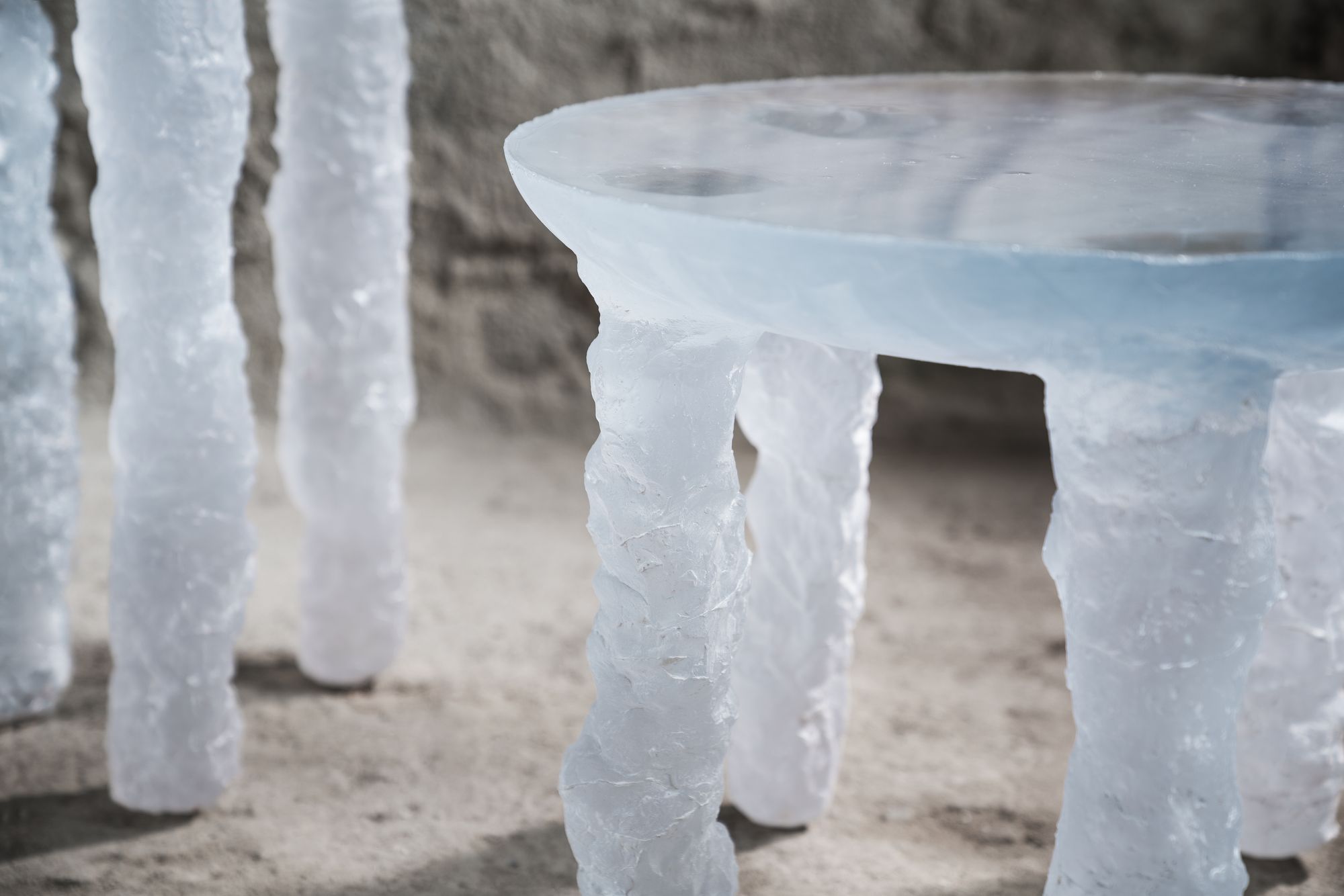Nature, philosophy, and functionality are sensitively intertwined in Johan Pertl’s glass objects. The Czech glass artist shapes all his works by hand while operating with the tools of monumentality and unexpected elements. The resulting objects combine art, design, and architecture.
Johan Pertl was born and raised in Vysočina, one of the glass regions of the Czech Republic, and is currently studying at the Studio of Glass at the Academy of Arts, Architecture and Design in Prague. He says that he got hooked on glass design a few years ago, when he visited the historic region of Bohemia to make Christmas decorations. “I was completely fascinated by the production process, and above all by the fact that it’s possible to create something so fragile and transparent by hand. Since then, I can only think about this material,” he emphasized.

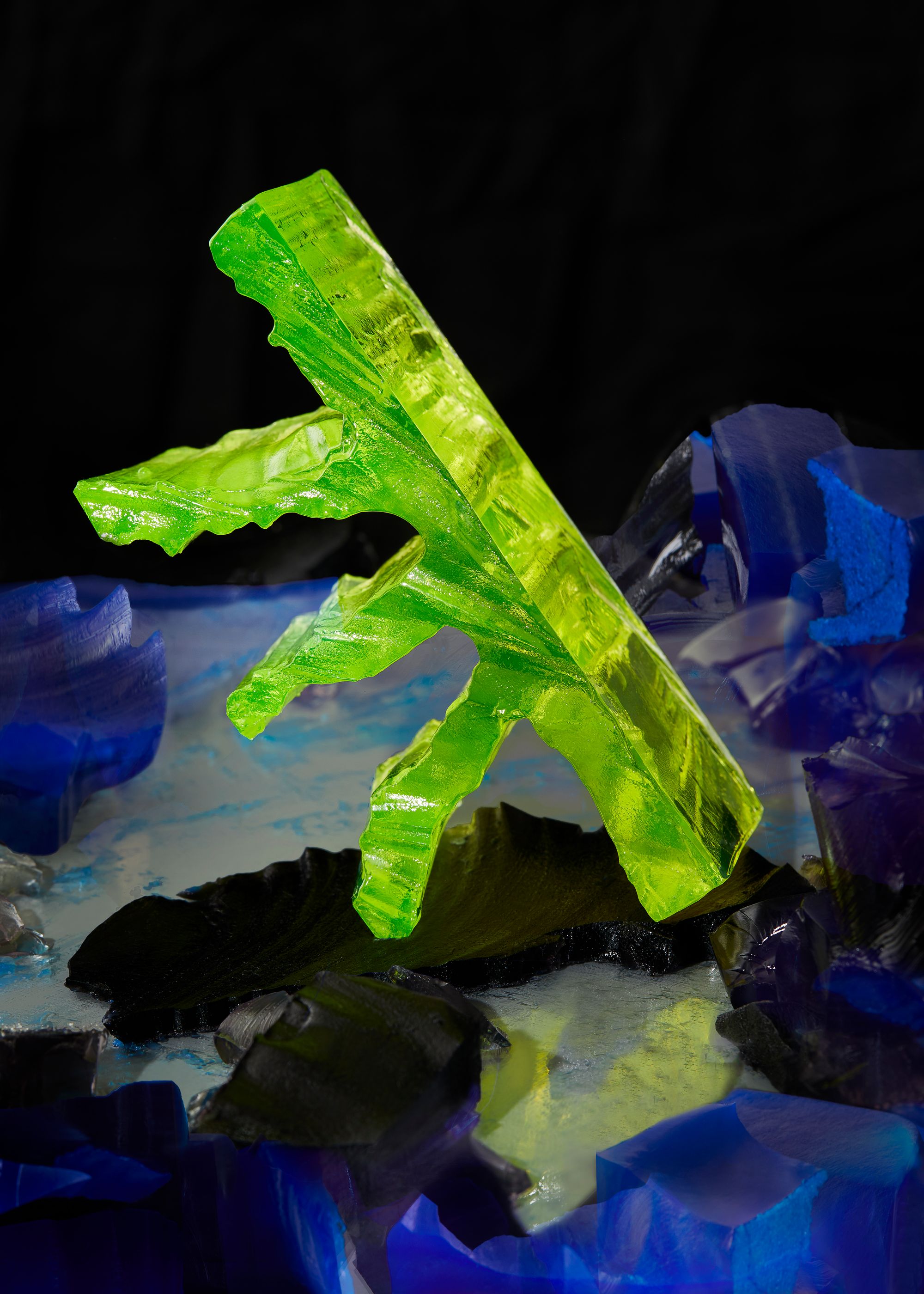
His design attitude and his approach to glass were initially shaped by his internship at DECHEM. As Johan explains, his time there was full of experience and inspiration. “My tasks included observing the working process in glass factories, modeling new collections, and packaging and transportation. DECHEM has always emphasized the natural beauty of glass, which had a big influence on me at the beginning. I also met Tomáš Kučera here, with whom I set up my own workshop a few years later, we’ve collaborated on several projects.” He added that he also owes his professional knowledge to masters such as Czech glass artist Rony Plesl, whose attitude and advice helped him a lot in the creative process. Despite all this, Johan tries to take his own approach to objects. “I don’t like to be influenced, but in the age of Instagram and quite a lot of personal details on everyone, it’s hard to keep a distance,” he noted.

Through his distinctive visual language, Johan’s glasswork and objects are in fact a bridge between visual art and design. His pieces are transformed into sculptures and push the boundaries of utility. “I studied applied art, so the function is important to me. But I’m also fascinated by craftsmanship and creating unique objects. That’s why I chose hand modeling, which helps me to create unique shapes that can’t be produced in the same way again. Functionality is more symbolic in this case, but I also find it important to be able to interact with these objects in some way. Thus, they become pieces you can live with rather than objects not to be touched,” Johan explained. Another special feature of his objects is that he combines the medium of glass with other materials, most notably marble, in contrast to its fragility. “To work stone, I mainly use a hand grinder or a saw. For glass, I mostly use fused glass. I’m fascinated by this technique mainly because I can control every stage of the production process and I'm not dependent on others,” he elaborated.

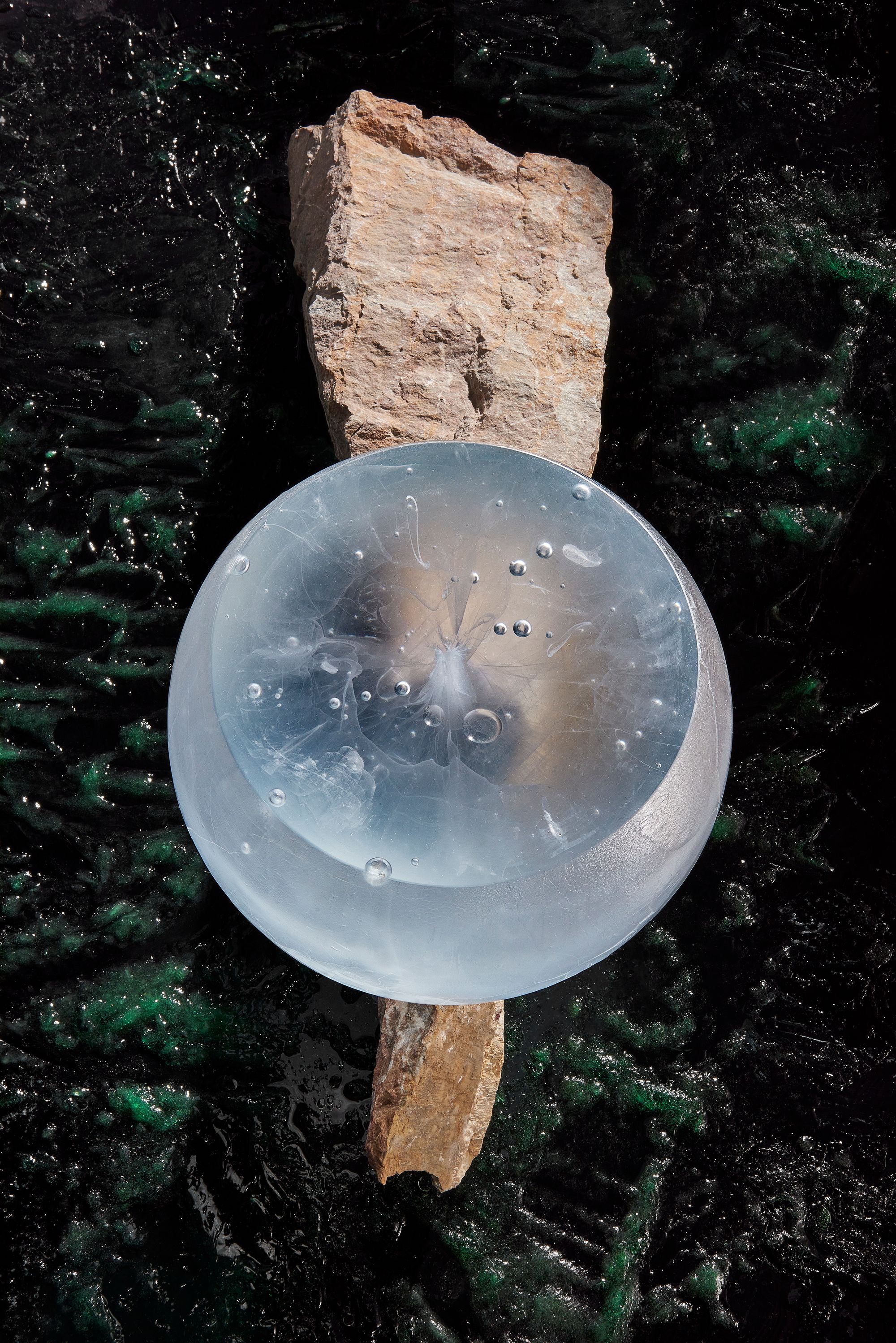
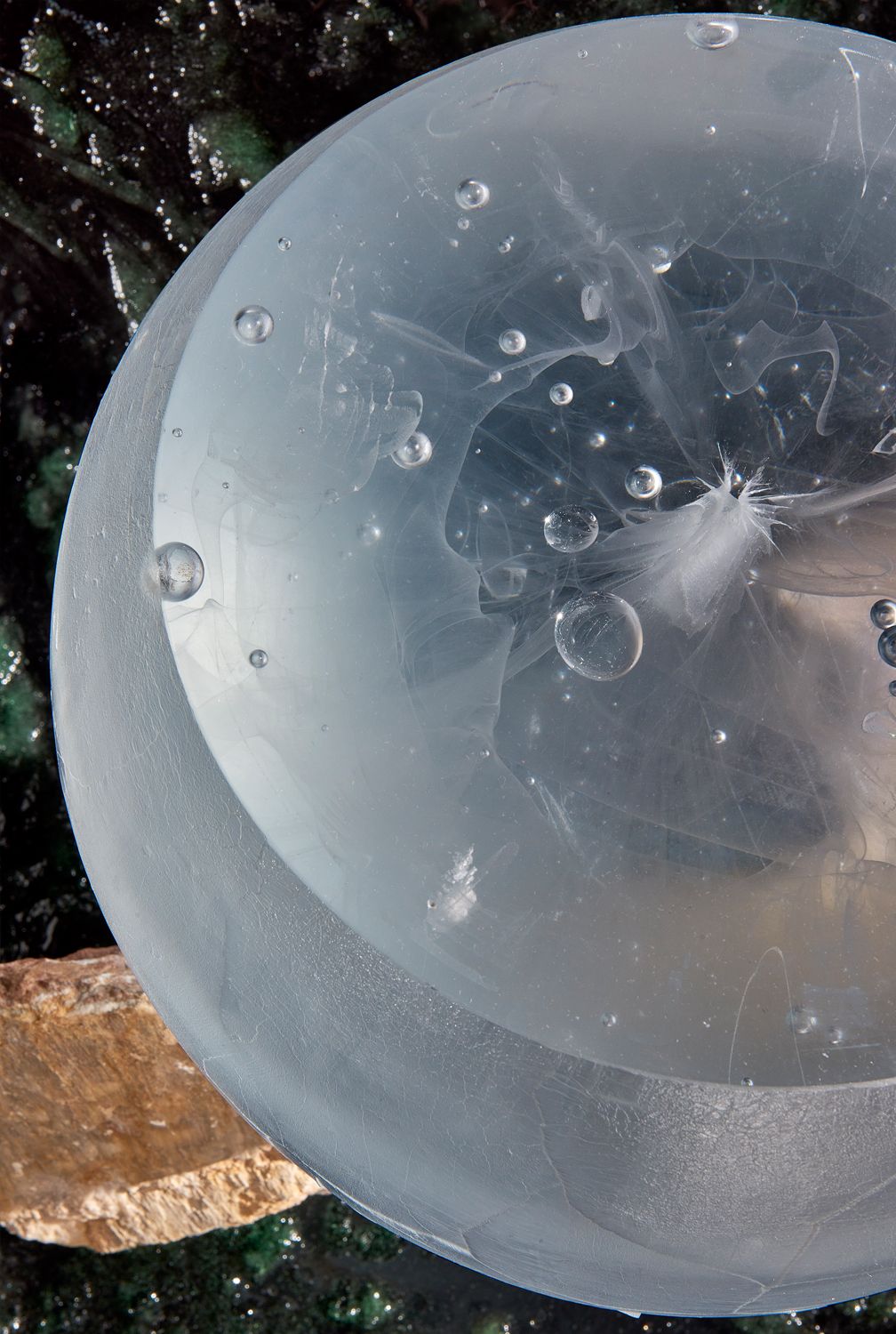
Johan’s main source of inspiration is nature and related phenomena and philosophies, but he also often finds motivation in reading: “Lately I’ve been reading science fiction, especially by authors like Arthur C. Clarke and Frank Herbert. It’s also very inspiring,” he shared. “I try to tell stories with my objects. My latest projects, Monumentality and Utopia, reinforce this idea. In the former, I combined red marble and crystal glass and was inspired by buildings blending into the landscape. The marble represents the structure of the landscape, while the glass symbolizes the man-made object. In the case of the Utopia series, I was influenced by the transience and elusive, utopian visions. I probably wanted to find peace with these concepts,” he explained. Another interesting aspect of this latter group is that Johan developed a new molding method to create it, which reduced the time the glass spent in the furnace from fifty days to just five.

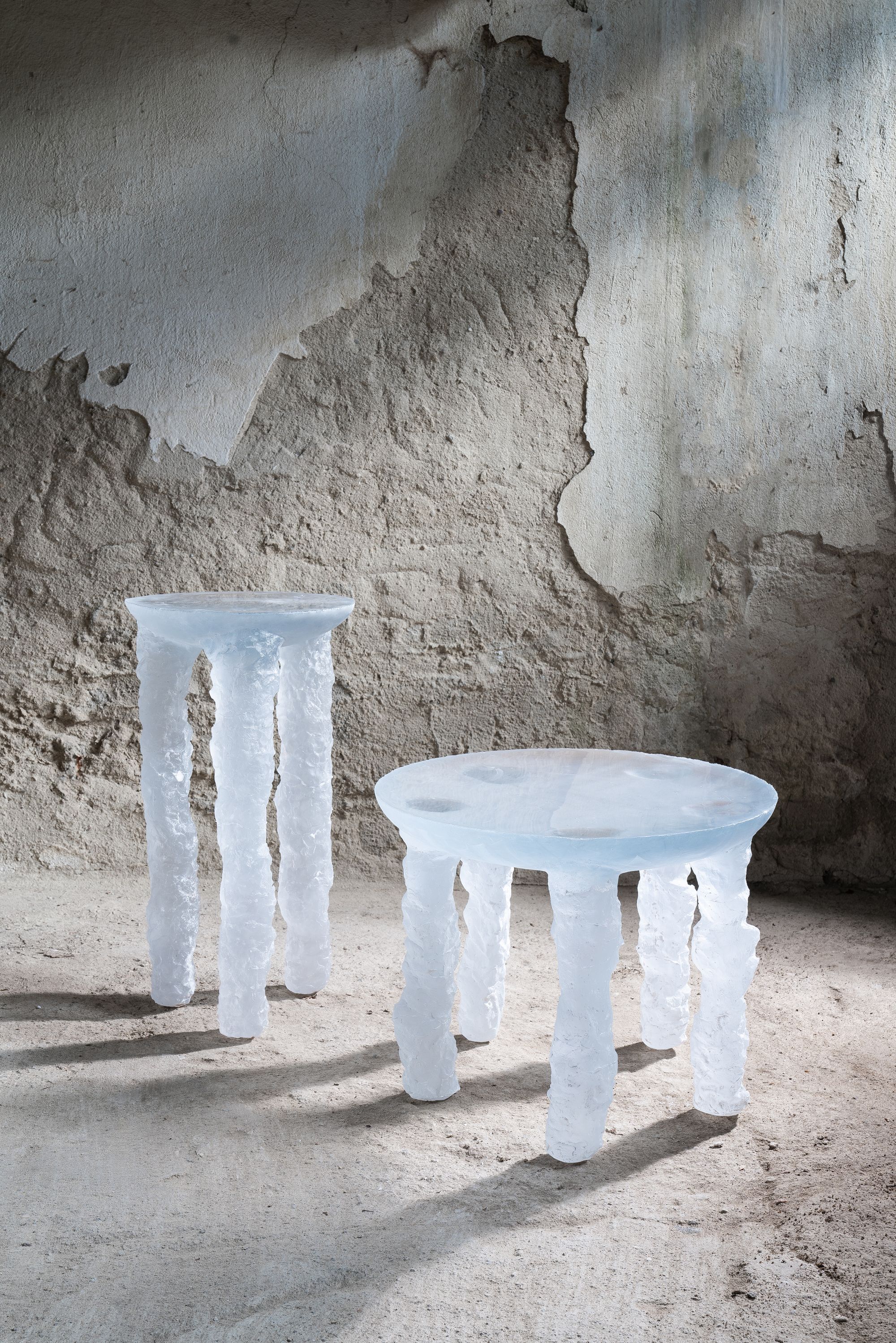

Although, as Johan points out, working with glass is one of the most complex activities he has ever tried, he is also interested in experimenting with different materials, as well as continuing to study the different techniques of working with glass. As he pointed out, in the near future, he would like to work on combining glass and textiles alongside marble.
Johan Pertl’s objects can be seen at the Kvalitář Gallery in Prague in February 2023.

Ionic columns and disco lights in Andreas Angelidakis’ exhibition
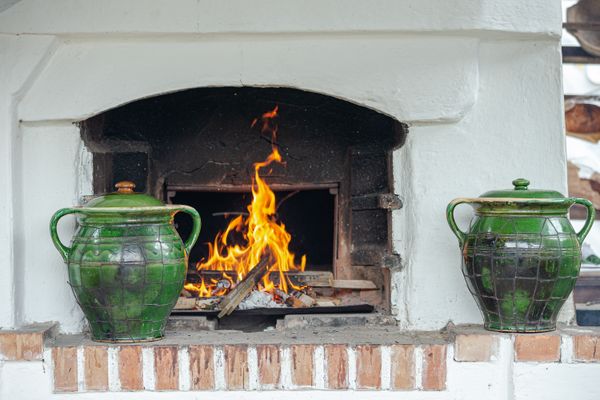
A fairytale came true—Taste of Transylvania










